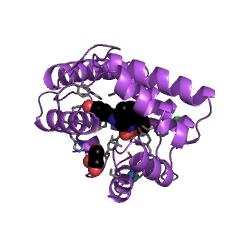| Synonyms |
19kOLase, aequorin, aequorin-1, BFP-aq, blue fluorescent protein from the calcium-binding photoprotein aequorin, Caussia princeps luciferase, clytin, extGLuc, extRLuc, firefly luciferase, fluc, Gaussia luciferase, Gaussia luciferase enzyme, Gaussia princeps luciferase, Gaussia-luciferase, GFP-aq, GLase, Luc, luciferase, luciferase (Renilla luciferin), m-Rluc8, membrane-anchored RLUc, Oplophorus luciferase, PI-Rluc, R-Luc, Renilla luciferase, Renilla luciferase-547, Renilla luciferin 2-monooxygenase, Renilla muelleri luciferase, Renilla reniformis luciferase, Renilla-luciferase, Renilla-luciferin 2-monooxygenase, Renilla-type luciferase, RLase, RLase-547, RLuc, RLuc8, short peptide-inserted-Renilla luciferase |
| Comments |
This enzyme has been studied from the soft coral Renilla reniformis. Before the reaction occurs the substrate is sequestered by a coelenterazine-binding protein. Elevation in the concentration of calcium ions releases the substrate, which then interacts with the luciferase. Upon binding the substrate, the enzyme catalyses an oxygenation, producing a very short-lived hydroperoxide that cyclizes into a dioxetanone structure, which collapses, releasing a CO2 molecule. The spontaneous breakdown of the dioxetanone releases the energy (about 50 kcal/mole) that is necessary to generate the excited state of the coelenteramide product, which is the singlet form of the monoanion. In vivo the product undergoes the process of nonradiative energy transfer to an accessory protein, a green fluorescent protein (GFP), which results in green bioluminescence. In vitro, in the absence of GFP, the product emits blue light. |


